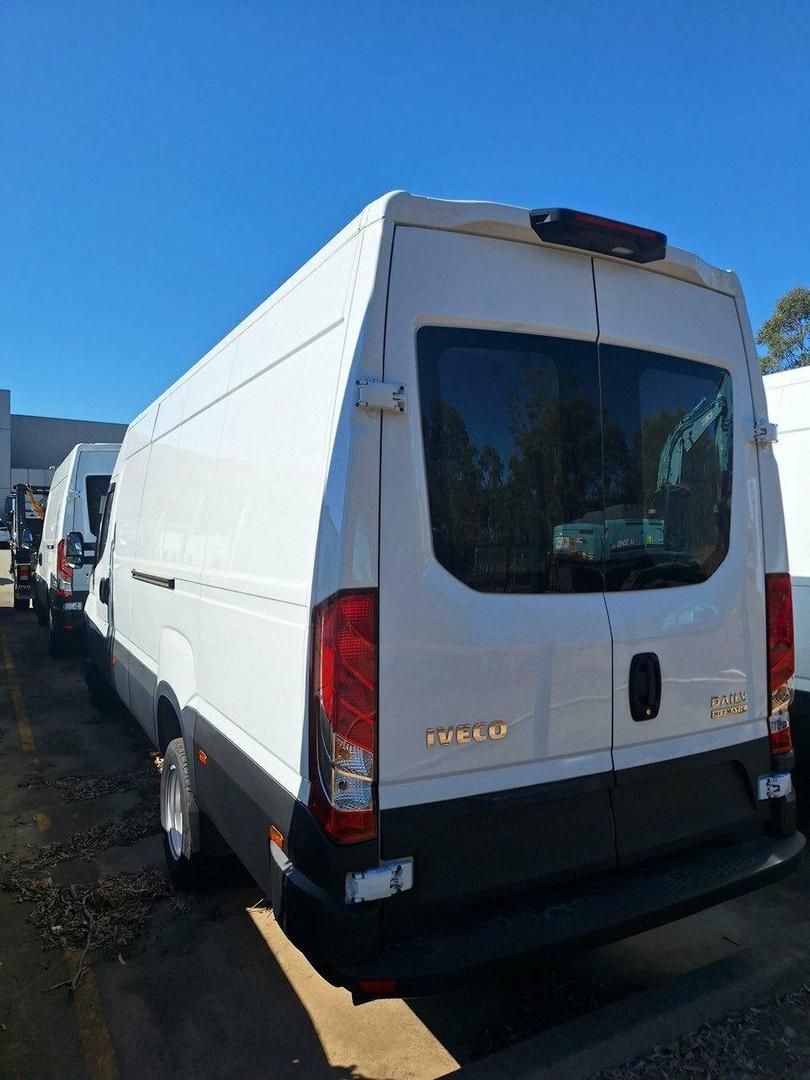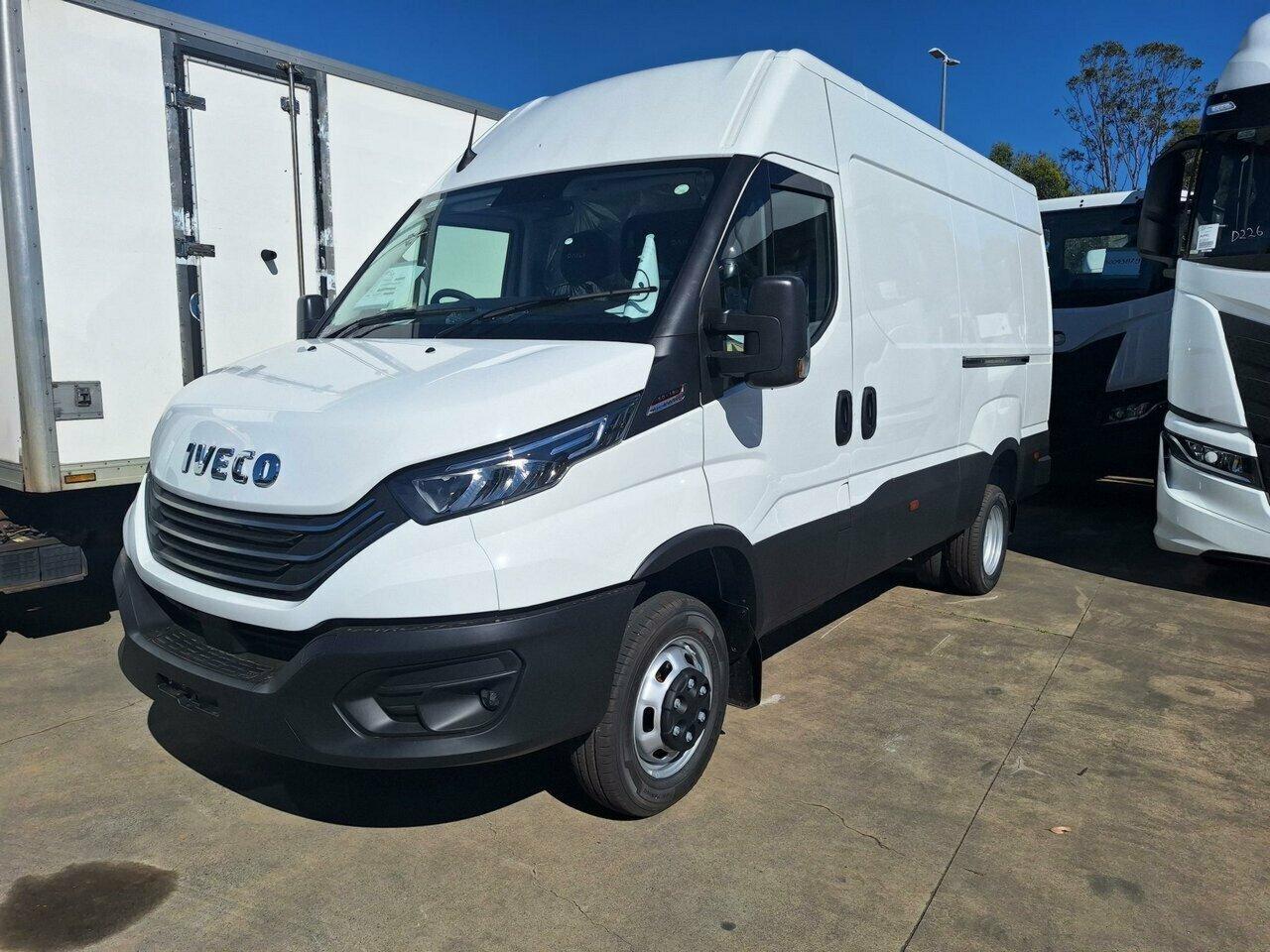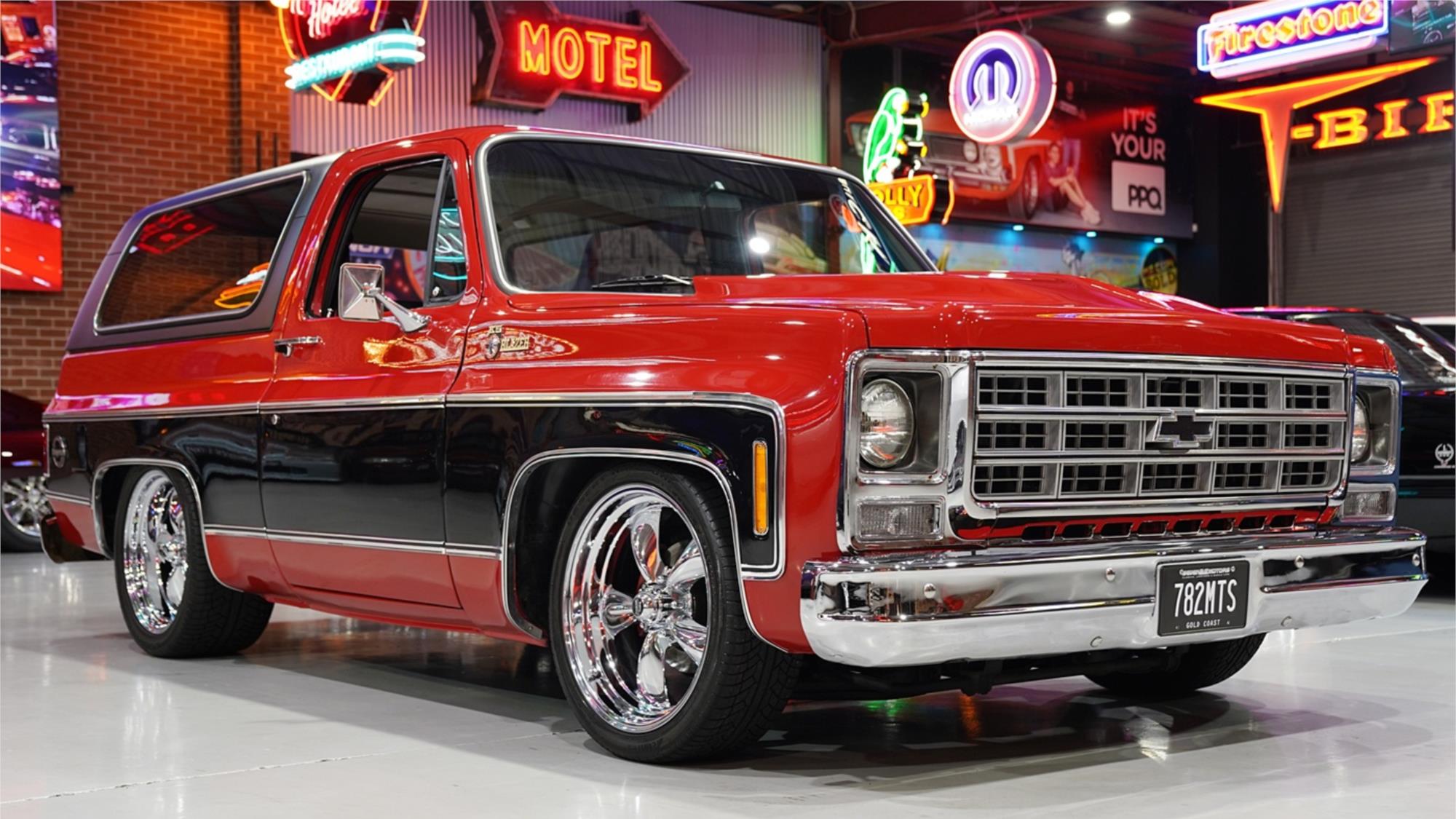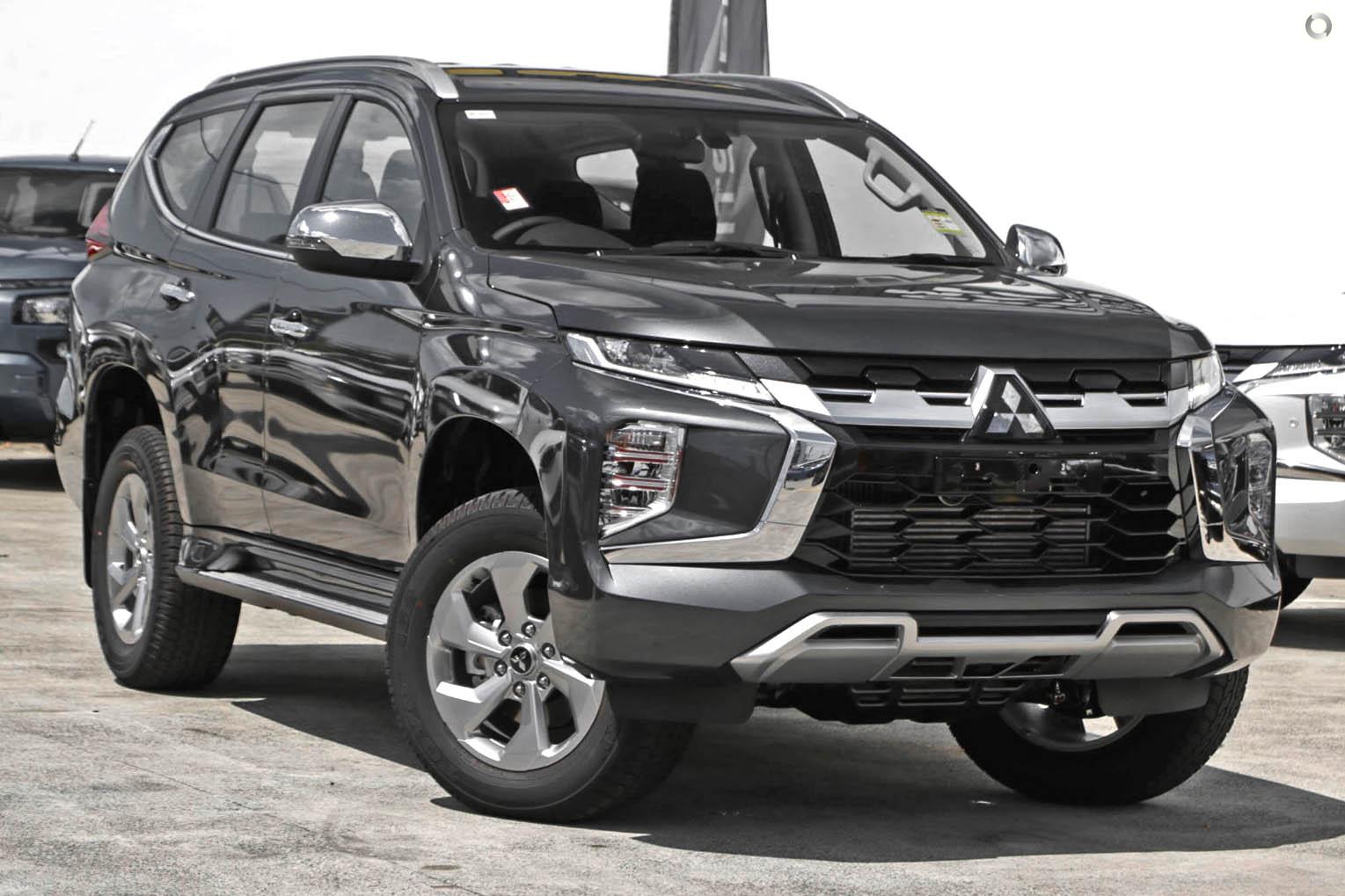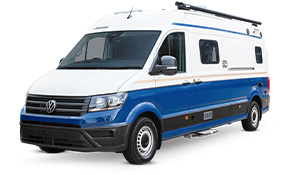REVIEW – RANGE ROVER SPORT
Words: Isaac Bober
The updated Range Rover Sport arrived in Australia 12 months ago and while the tweaks were only minor, the headline grabber was the arrival of the RR Sport P400e plug-in hybrid. One of a growing number of SUVs promising battery-based around-town driving with the cross-country thrift of a diesel engine, this Range Rover Sport P400e promises real-world driving range of up to 51km but we got a lot less than that, exhausting the battery within the first 40 kilometres after collecting it. Admittedly it wasn’t totally brimmed but, even if it had been, we doubt we’d have got close to 45 kilometres out of it.

What does it cost and what do you get?
The Range Rover Sport HSE P400e lists from $146,600+ORCs (it can also be had in SE trim from $128,200+ORCs).
This P400e variant sees a 2.0-litre four-cylinder petrol engine (212kW) mated with an electric motor (105kW) powered via a 13.1kWh lithium-ion battery (located where the spare wheel would normally sit). Unlike some plug-in hybrids, the P400e offers two modes, Parallel Hybrid where both petrol and electric motor work together and this is the default driving mode, or EV mode which will see the vehicle park the petrol engine and just cruise on the electric motor until it’s depleted. Unfortunately, once depleted and you’re still driving there’s no way of being able to regenerate significant charge. For instance, the Mitsubishi Outlander PHEV uses its petrol motor as a generator while you’re driving…but there’s no way of doing that with the Ranger Rover Sport, well, that’s not totally true, but a country drive of around two hours saw us recharge the battery, through brake energy recuperation, by just one percent.
You can Save the battery for use in, say, congested areas. But if you’ve run the battery flat then you’ll need to charge it via a socket and this will take up to 7.5 hours on a 10 Amp power supply – the brake energy recuperation just isn’t enough to recharge the battery on the go beyond allowing for some stationary starts, or reverse parking in EV mode. Find a fast-charger and you can charge the battery in around two hours and 45 minutes.
Beyond the electro-gadgetry and the slightly smaller boot because of the battery pack sitting where the spare wheel would, the Range Rover Sport HSE P400e is a conventional, luxurious, Range Rover Sport.

What’s the interior like?
The dashboard is dominated by the two infotainment screens, called Touch Pro Duo. The top screen manages infotainment with both Apple and Android mirroring offered as well as native sat-nav and more. Download the Jaguar Land Rover In Control app and you can set-up timed charging on your vehicle or, when it’s charging see what the battery status is and more, like syncing your calendar and meeting appointments with the on-board sat-nav to pre-load your driving route. Cleverly, the top screen can be tilted to ensure it’s not washed out by glare.
The lower screen controls the climate control and off-road Terrain Response 2 controls. The virtual buttons on the top screen certainly responded better than those on the bottom screen which often required a longer press to activate the function.
Look away from these two screens and you’ll see the 12-inch digital display behind the steering wheel, and our car had head-up display too which is excellent. However, it’s worth noting that if you’re using, say, Google Maps for navigation, the map won’t sync from the centre display to the Driver Display behind the steering wheel or the head-up display.
Away from the gadgetry, the interior of the Range Rover Sport is about as comfortable a place as you could hope to drive around in. Land Rover describes the interior as minimalist and I’d largely agree with that. The physical dials and buttons are small but easy to use and the materials are beautiful with soft-touch stuff everywhere you touch.
There’s decent storage around the cabin from the deep centre console bin to the hidden storage beneath the cupholders. The door bins won’t allow you to store a bottle bigger than 500ml without forcing it in awkwardly. There are plenty of charging points in the front and back to keep devices topped up, and the Range Rover Sport can act as a WiFi hotspot too.
The gigantic panoramic sunroof is nice, if you like these sorts of things, and the blind as well as offering manual controls can also be opened and closed via gesture control; you simply wave your hand in front of the rear vision mirror. One cool feature is that the blind will automatically close when the car is parked and, if it had been open, will retract again when you return to the vehicle, unlock it and open the door. And the ambient lighting is fun to play with if you’ve got kids but a bit unnecessary in the grand scheme of things.

How much space is there?
Well, it’s smaller than a regular Range Rover Sport and that’s because the batteries are stored underneath the floor where a spare wheel would be. Despite being smaller because of the raised boot floor, the boot is still big at 780 litres which grows to 1600 litres-plus when the back seats are folded down. And because the Range Rover Sport offers four-corner electronic airbag suspension, you can manually lower the back of the Sport down when loading and unloading. Just remember it will mean the tailgate clearance will also be reduced.

What’s the engine like?
The Range Rover Sport P400e arrived in MY19 spec earlier in 2018 but was refreshed in MY19.5 which saw the electric motor embiggened. The P400e features a two-litre four-cylinder Ingenium petrol engine making 221kW (and 640Nm of torque) this is joined by a 105kW electric motor, up from 85kW in the MY19 model. This is powered by a 13.1kWh battery giving a total output of 297kW. Mated to the petrol engine is an eight-speed automatic.
But it’s the engine and electric motor combination that really impresses (if there’s charge in the battery). Plant your foot and the 2509kg Range Rover Sport rockets ahead and will hit 100km/h in 6.7 seconds. There really is no shortage of acceleration and words don’t do it any justice at all. The transition from electric motor to petrol is good too with just a touch of vibration as the petrol engine fires up.
The official fuel figure is a claimed 2.8L/100km but you’ll never get close to that unless you’re constantly driving from charger to charger and only relying on the petrol engine every now and then. Deplete the battery and you’re effectively just driving a 300kg heavier Range Rover Sport (the weight of the batteries and electric motor) and in our week of testing we returned 13.8L/100km.

As good as two powerplants are when they’re working together, deplete the batteries and you’ll only get a few metres of electric driving at a time – the battery will always try and hold onto at least one percent of charge. And the main problem is, unlike this car’s key competitors, say, Porsche Cayenne E-Hybrid it doesn’t allow for the petrol engine to be used to recharge the batteries. This is a big failing of what is otherwise a clever thing.
Land Rover claims an electric driving range of up to 52 kilometres but I doubt you’ll get anywhere near that. We didn’t. The most we got before we saw the battery drop to four percent charge remaining was 40 kilometres. So, how does it all work. Well, the electric motor tries to do the heavy lifting all by itself when you’re driving at below 60km/h but, throw a hill into the equation or give the throttle a stab and it’ll quickly tap the petrol engine for help and work in parallel. Above 60km/h the electric motor, at a steady throttle, again, will try and keep the Sport P400e moving but stab the throttle or run the battery down too much and it’ll switch over to the petrol engine.

Is it good to drive?
The Range Rover Sport, like all other Range Rovers offers an incredibly comfortable ride. The additional weight is well hidden and only those with extensive back-to-back experience of lighter Sport variants would notice perhaps a touch more roll through corners or an extra jiggle across sharp-edged bumps.
It might have the word Sport in its name, but the Range Rover Sport has been set up for wafting along rather than ripping and tearing its way around twists and turns on a mountain pass. So, if you’re looking for a ‘sporty’ SUV then look somewhere else but if you’re wanting something that will carry you and your family across all sorts of terrain in armchair-esque comfort and cocoon-like silence then this is the thing for you.
The four-corner air suspension lends the Range Rover Sport rather more roll than you might expect and the slow steering can exacerbate the sensation. But, get used to the way the Sport moves through bends – it will roll over to a point and then just hang on – and it can be driven with relative enthusiasm.
Driven at more than 100km/h the Sport will lower itself by 15mm over its regular road clearance to make it a little more slippery and fuel efficient. And the permanent all-wheel drive offers a standard drive split of 50:50.


And how good is it offroad?
Well, the Range Rover Sport P400e with its short-range battery driving is aimed squarely at inner-city types and, as such it rides on 20-inch alloys shod in thin Continental rubber. The low-profile tyres reduces the Sport’s effectiveness when you head off the beaten track. That’s not to say the Sport isn’t eminently capable because it is.
The air suspension allows for up to 278mm of ground clearance (standard clearance is 213mm). There are two off-road heights, the first one raises the vehicle by 40mm and can be driven at speeds up to 80km/h. Off-road 2 raise the thing by 75mm and it too can be driven at up to 80km/h. Low-range can be activated on the move at up to 60km/h. And the Sport can wade up to 850mm which is impressive given all the, hopefully well-sealed, electrics in the thing.
So, while most owners will never ever take their Range Rover Sport off-road when you combine its impressive ground clearance and throw in the clever Terrain Response 2 system which, in Auto mode, can automatically adjust traction, throttle and gearing, etc to suit the terrain the Sports ability to clamber up and over rocks and ruts is hilarious. It sounds clichéd and lazy to say it, but you literally point this thing at an obstacle and it’ll inch its way over it.
But the tyres are the weak link if you do intend to spend any time on dirt roads. There’s no spare and the inflation kit won’t help you at all if you put a stick through the sidewall or cut it on a rock. See, with such low-profile tyres you’re not able to deflate the tyre when off-road and thus give it half a chance of rolling around something nasty rather than head-butting it at full inflation.
Regular Range Rovers can tow up to 3500kg (350kg towball download) but the PHEV’s limit is capped at 2500kg, a full tonne less but still plenty for many boats and caravans. The towball download is also only 100kg, which in itself could prove more restrictive that the outright load.
That said, the car comes fitted with most of the hardware you need for towing. That includes the tow hitch receiver and electronics. However, the electronically deployable towbar available on regular Range Rovers is not available on the PHEV due to the location of the batteries in the rear of the vehicle.


How safe is it?
Safety on the Range Rover PHEV is a mixed bag. All the crash protection gear is there, including front and side airbags and a structure that performed well in Euro NCAP testing back in 2012. Testing procedures have moved on since then
And the standard active safety gear is underdone. There are two forward-facing cameras that provide city emergency braking, but the radar to get higher speed auto braking functionality is an option. That’s disappointing considering such tech is now common on sub-$40,000 cars. Other active safety gear is also left to the options list, including rear cross traffic alert, a 360-degree camera, blind spot monitoring, traffic sign recognition and radar.



